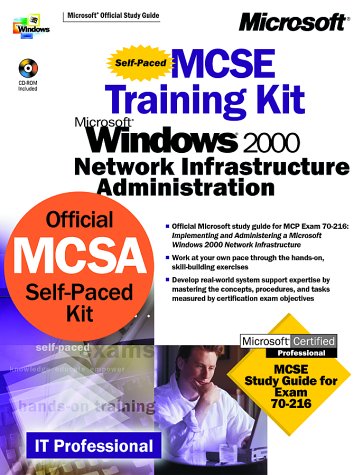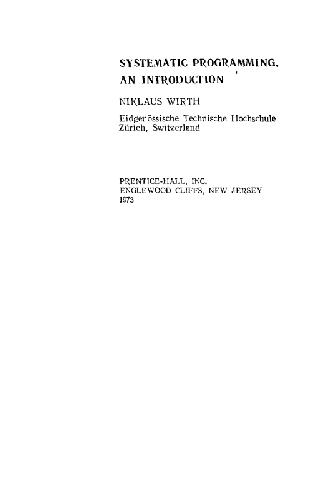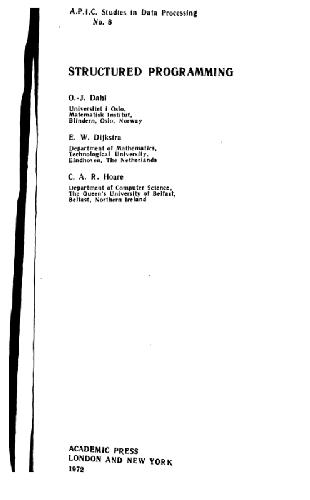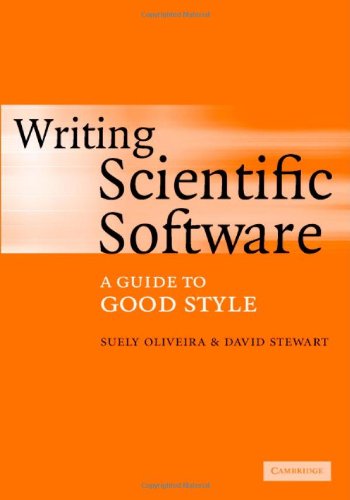Microsoft Corporation9781572319042, 1572319046
Most of Microsoft’s training kits are pretty much the same thing:while they aren’t a “one-book stop” for the MCSE candidate, they arewell-written introductions to the basic concepts. This strategyworked well several years ago, when the MCSEs first came out.Unfortunately, Microsoft has been ramping up the complexity of itstests steadily, and the Windows 2000 tests are aimed at professionalswho have at least one year of networking W2K under their belts – whichmeans that simple concept-based training methods just won’t cut itanymore. You can expect to see elaborate troubleshooting scenarios onthe actual test, involving multiple DNS zones and strange WINSinteractions – and this book simply will not help you there. If you’restarting from scratch and don’t know the first thing about DNS orTCP/IP, this book is a good starting point. But, if you’re hopingactually to get your certification, you’ll require probably two, orpossibly three, additional good – and more in-depth – books to pass theexam. This book is basically an introduction to WINS, TCP/IP, IPX,and DNS, with a light touch on certificates and keys. It does a goodjob of explaining rudimentary TCP/IP addressing – the basic conceptsof host and network portions, the TCP/IP architecture, and theWindows 2000 IP configuration commands are written fairly well.You’re given a couple of simple exercises (“Installing the TCP/IPProtocol,” for example) to get some hands-on experience. However, themore complex TCP/IP portions aren’t explained particularly well (suchtopics as subnetting Class C networks, or the reasons that an adminwould use OSPF over RIP) and might require several rereadings. TheIPX section feels at times like a children’s primer, with criticalrouting concepts being shorted on information. SAPs, for example, geta single paragraph and two bullet points – and that’s it. That kiddyfeel continues into the Network Analyzer and SNMP sections, whichtell you how to gather tremendous amounts of information on yournetwork, but not necessarily what to look for when you find it, orwhat you should do with it. The DNS chapters go into quite a bit moredetail, and are surprisingly well written, explaining with cleanskill the concepts of DNS zones and records. This is, in fact, one ofthe better reasons to purchase this book; if you’re hazy on DNSbasics, Windows 2000 Network Infrastructure Administration willrefresh your memory and fill in the gaps with ease. Be warned,however, that the section on certificates will require severalrereadings to make sense before you get the overall picture. Ingeneral, for what it covers, this is a good book and would work verywell for the book-learning candidate trying to get a grasp on theessentials. If you already have a grasp on the essentials, however,it won’t propel you into the ranks of the MCSE-certified. | |







Reviews
There are no reviews yet.